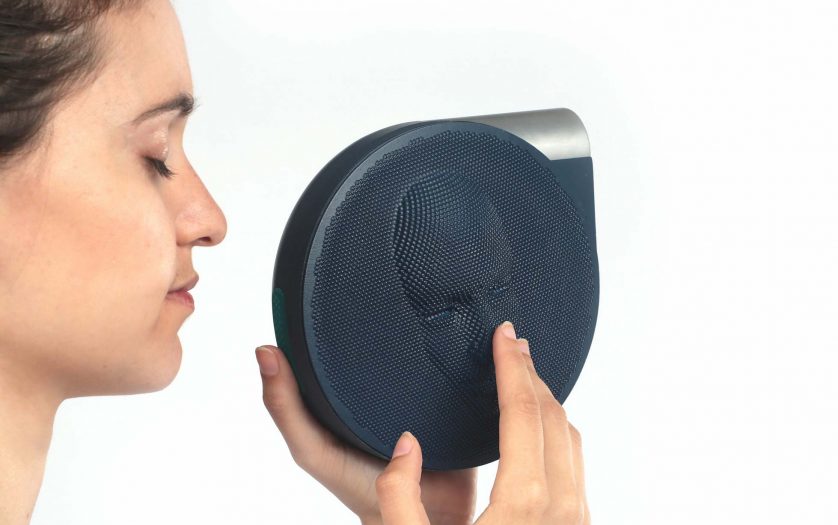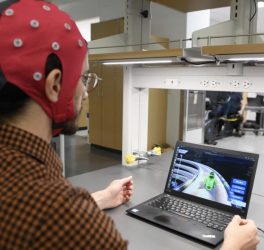
A team of researchers has designed a new tactile camera named ‘2C3D’ that enables people who are blind or have low vison to see.
The camera creates 3D photos and videos and has a 3D screen. The screen is built by numerous 3D pixels that shift depending on the photo to forms the 3D shot on the screen surface (giving the term ‘touch screen’ a new and more literal interpretation).
2C3D is a camera that enables the blinds to see. The camera is a development and design of a tactile camera concept for people with vision disabilities. The camera creates 3D photos and videos and has a 3D screen. The screen, inspired by “Pin Toy,” is built by numerous 3D pixels that shift depending on the photo to forms the 3D shot on the screen surface (giving the term “touch screen” a new and more literal interpretation).
The user can touch the screen while photographing and feel what the camera is seeing in real-time. When users like what they feel, they can click and save the photo. The saved 3D file can be felt again later. The 2C3D performs as a camera for blind people and as a physical-digital photo album.








